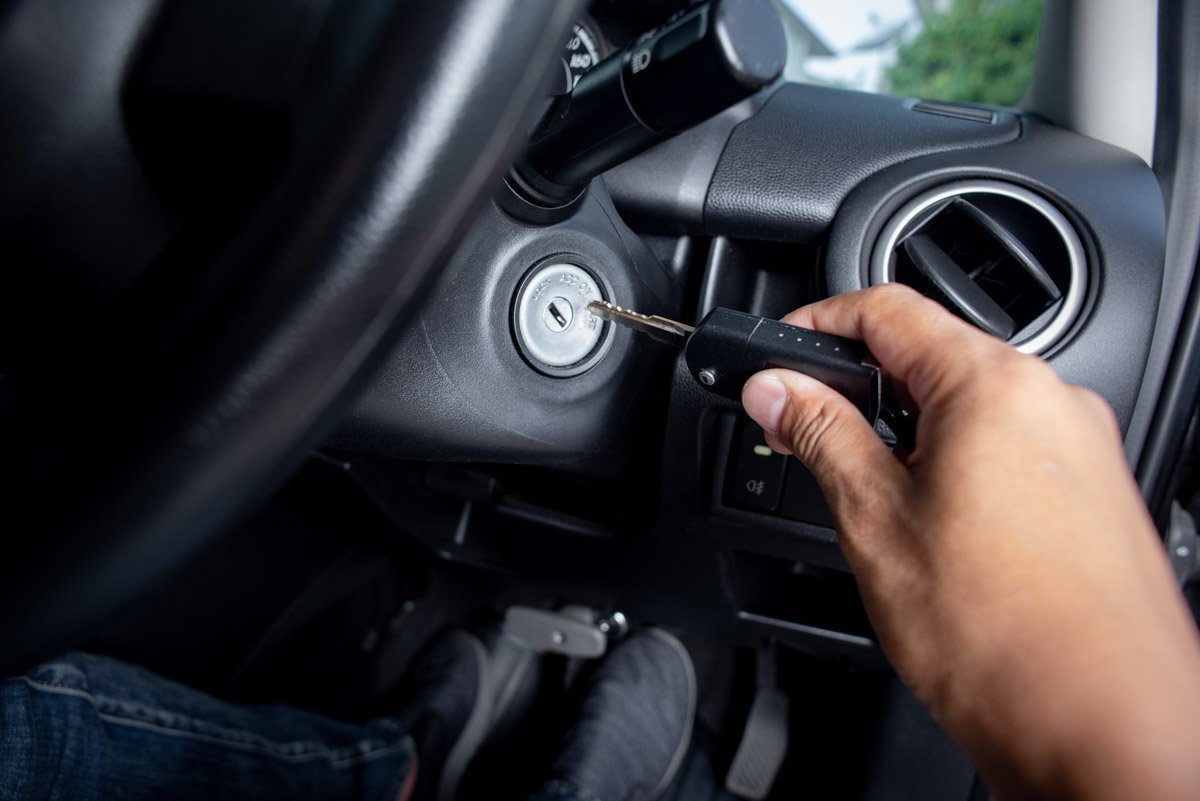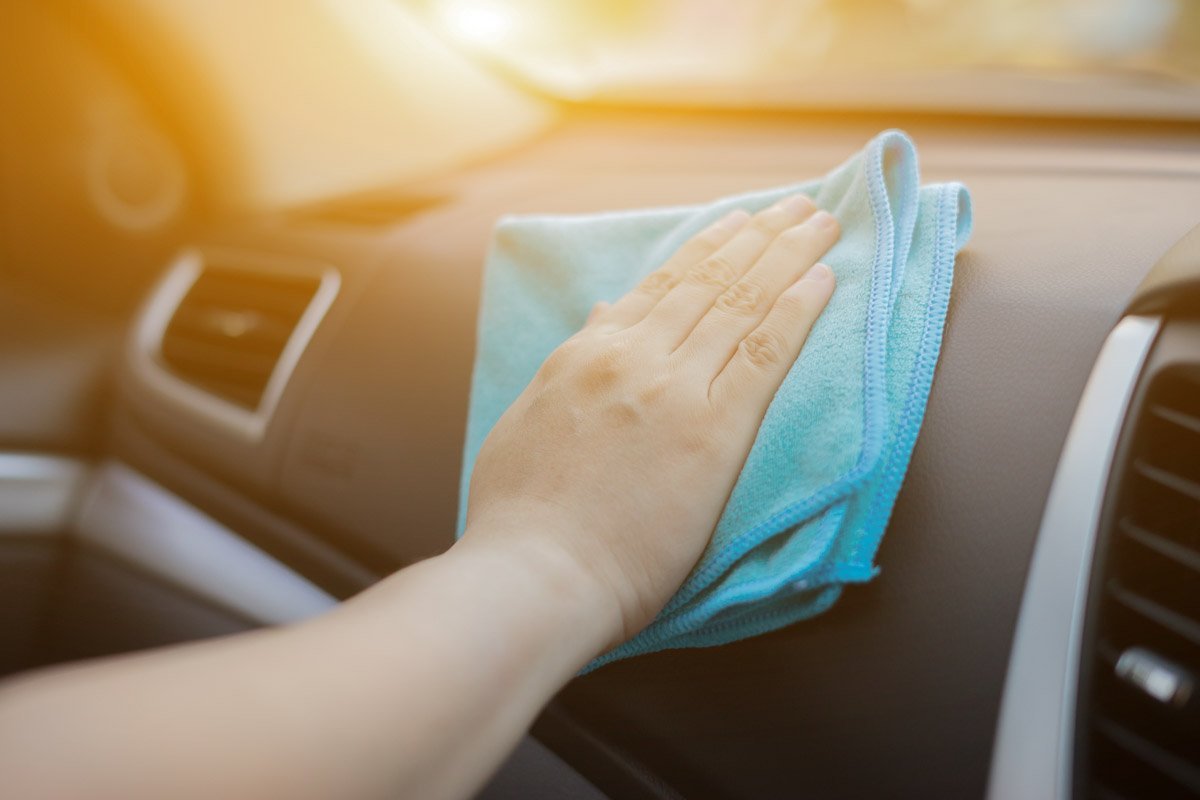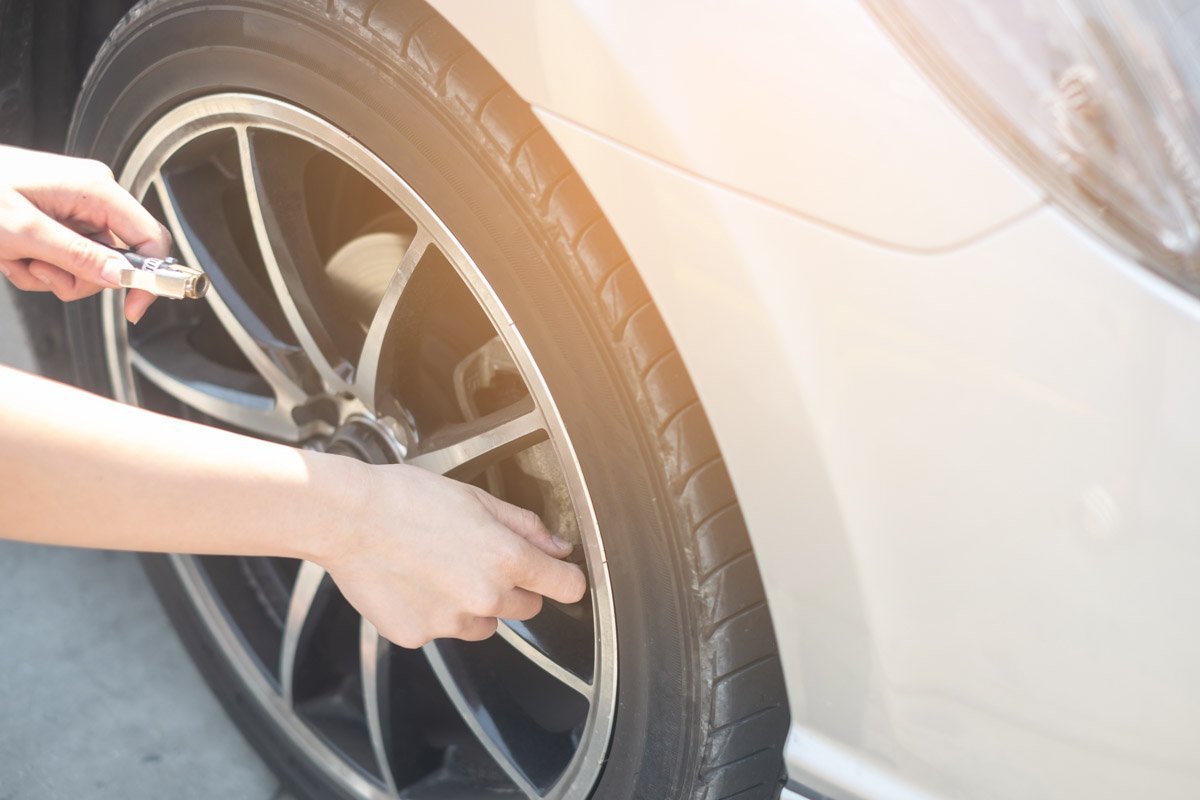With the increase of COVID-19 variants and transmission rates, most Malaysians have been forced to stay at home except for those working under essential services. This means not using our cars as much, as most offices are following work-from-home orders, school children are studying online and most items can be bought online.
Unfortunately, cars left unattended for long periods of time could suffer from a variety of problems. Some common problems include bad starter motors, seized engines, dead batteries, and corroded hoses that are all affected by time and the environment. If you want to avoid some of these common problems, here are some tips that could save you a trip to the workshop!
Start Your Car At Least Once a Week

If you have not driven your car all week, you are advised to start the engine and leave it running for 10 minutes. This is to keep your car’s battery charged and ensure that the car’s alternator and other components function properly. To maximize the battery charging process, do not turn on the air conditioner or infotainment system.
Keep Your Car’s Interior Clean

Make sure no trash or food is left inside your car, especially if you leave your car for a long period of time. This not only invites pests such as cockroaches and ants, it also causes an unpleasant odor that could linger in your car. In our warm and humid climate, car interiors could be susceptible to molding. Having a dehumidifier in your car could help keep your car mold-free.
Increase Tire Pressures

Leaving your car for long periods of time can lead to flat-spotting of the tires. This causes the tires to lose their shape and may result in steering wheel vibration when you drive. To reduce the likelihood of this happening, increase all tire pressures by 3 PSI if you are not planning to drive your car for a long time. You can also drive your car forward or backwards a little every few days so that your tires rest in a different position each time.
However, what if you haven’t managed to run your car in a long time and it won’t start? In this case, your battery may have lost too much charge and you may need to jump-start your car. You will need jumper cables and another healthy, working vehicle.
How To Jump-Start a Car

IMPORTANT: For your safety, when connecting or disconnecting the jumper cables, take extreme care to ensure the clamps never touch each other.
If jump-starting doesn’t work, your car battery may have reached the end of its lifespan. Contact a professional mechanic or technician for a replacement.
We hope that this guide has helped you become more informed on how to look after your car during this lockdown period. The most important thing to do is to keep your car “alive” by starting it every week. If your car has been idle for some time and won’t start, we hope the tips on jump-starting are helpful. If you don’t use your car much and are thinking of selling it, you can get a free valuation of your car on Carsome.

